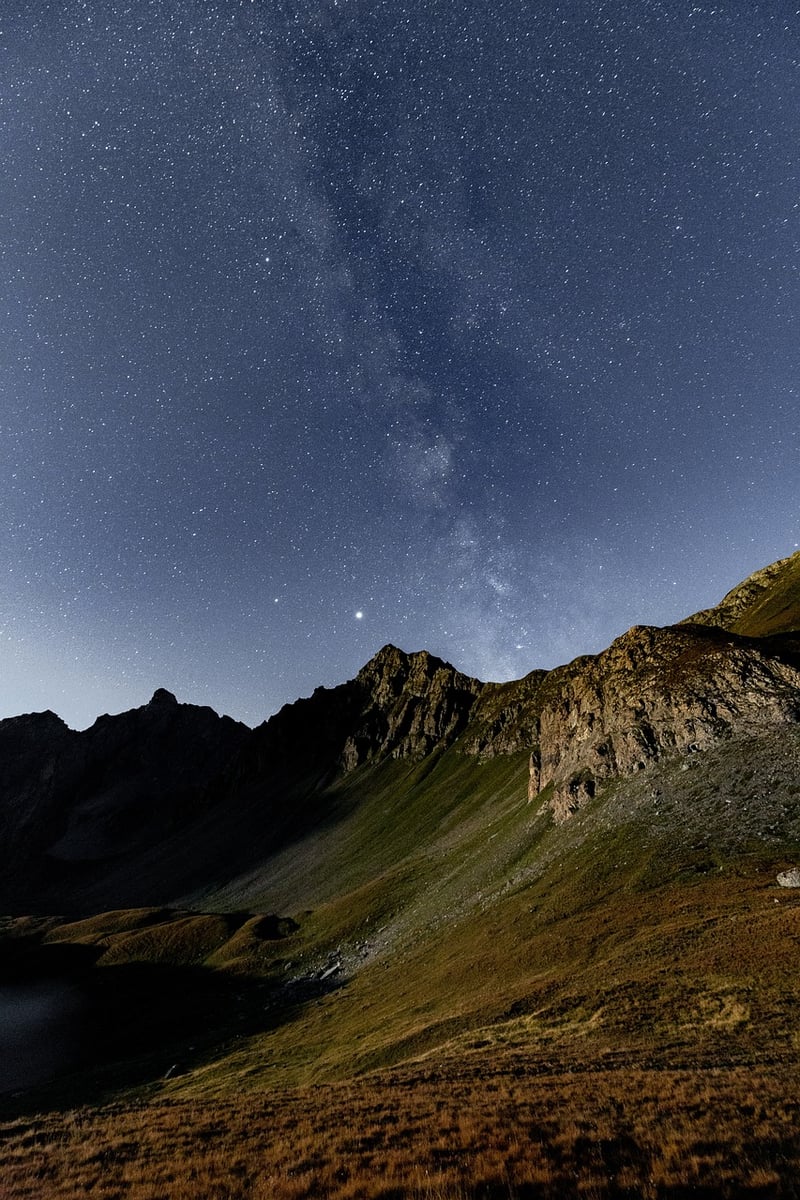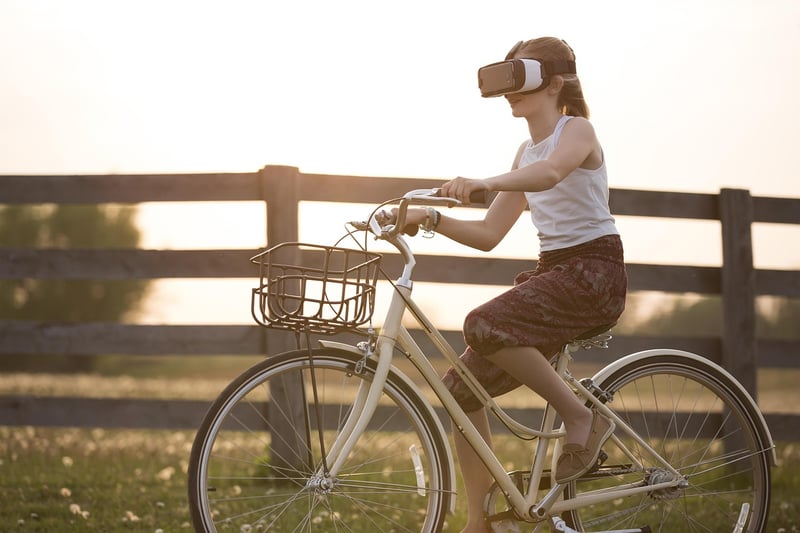Reality Loops
The Intriguing World of Time and Reality Loops
Time and reality loops have long been a fascination for many, from science fiction enthusiasts to physicists pondering the nature of our universe. Let's delve into the complexities of these mind-bending concepts that challenge our understanding of time and existence.
Understanding Time Loops
Time loops, also known as causal loops or closed timelike curves, are hypothetical situations where an event in the future influences the past, creating a loop in time. This concept often appears in science fiction narratives, where characters find themselves trapped in a repeating sequence of events.
One famous example of a time loop is the movie "Groundhog Day," where the protagonist relives the same day over and over again. While such scenarios may seem far-fetched, they raise philosophical questions about free will, destiny, and the nature of time itself.
The Grandfather Paradox
A common paradox associated with time loops is the grandfather paradox. This thought experiment involves a person traveling back in time and preventing their grandparents from meeting, thus preventing their own birth. This leads to a logical contradiction - if the person was never born, how could they travel back in time in the first place?
Exploring Reality Loops
Reality loops, while similar to time loops, involve repetitions or recursive patterns within the fabric of reality itself. These loops can manifest in various ways, such as recurring events, patterns, or even simulations within simulations.
In the context of virtual reality or computer simulations, reality loops can create infinite layers of simulated realities, each containing its own set of rules and inhabitants. This concept blurs the line between what is real and what is simulated, posing profound questions about the nature of our existence.
The Simulation Hypothesis
The idea that we might be living in a simulation, popularized by philosopher Nick Bostrom, suggests that advanced civilizations could create highly realistic simulated worlds inhabited by conscious beings. If true, this hypothesis implies that our reality could be just one of many nested simulations, forming an infinite chain of realities.
Conclusion
Time and reality loops challenge our conventional understanding of time, causality, and the nature of reality. Whether exploring the implications of time travel paradoxes or contemplating the layers of simulated worlds, these concepts push the boundaries of human imagination and philosophical inquiry.
As we ponder the mysteries of time and reality loops, we are reminded of the vastness of the unknown and the endless possibilities that lie beyond our current grasp.

Image source: Pixabay
